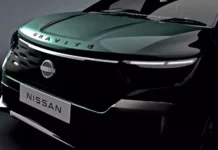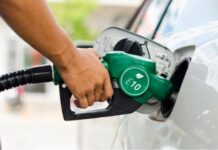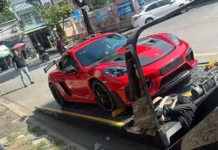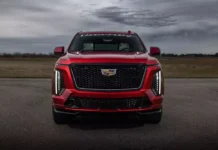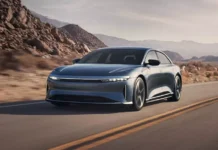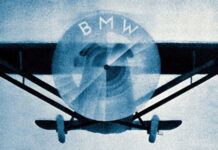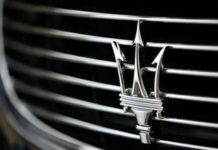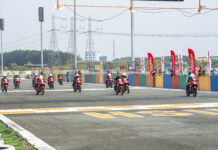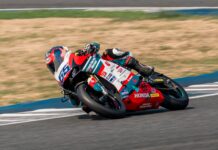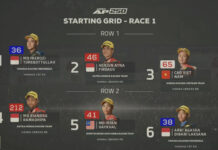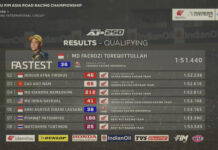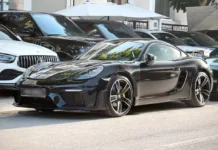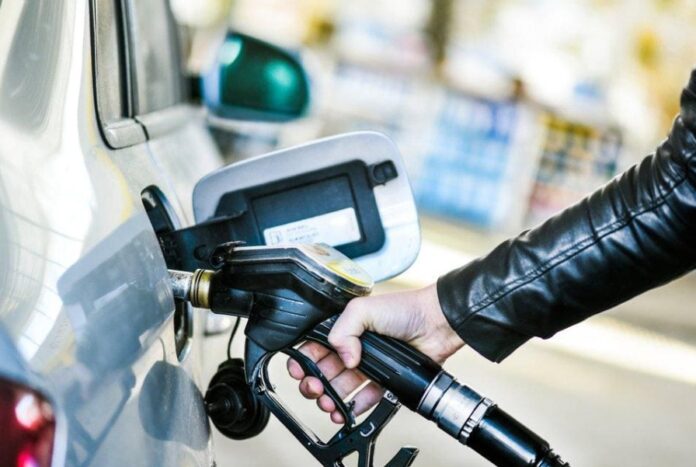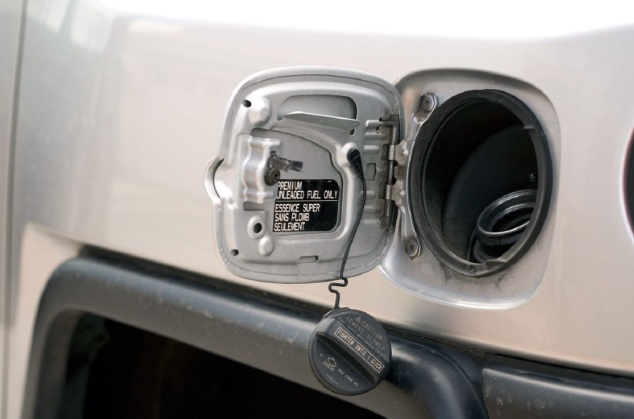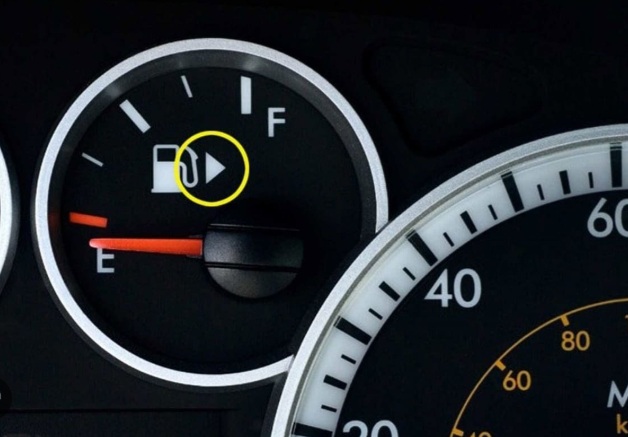In fact, the position of the fuel filler cap is not fixed across different car models.
Some cars have the cap on the left, while others have it on the right. Although it may seem like a minor detail, this variation is not random but a result of careful technical calculations, user experience considerations, and operational safety.
According to industry experts, the placement of the fuel inlet is the outcome of numerous technical and design strategy factors aimed at:
Optimizing underbody space: The underbody of a car houses critical systems such as the drivetrain, exhaust, and drive shafts. Engineers must strategically choose the location of the fuel tank and filler tube to avoid interfering with other components while ensuring ease of maintenance and safety.
Facilitating refueling operations: If all vehicles had their fuel caps on the same side, congestion at gas stations would be inevitable. Distributing the fuel cap position between the left and right sides helps reduce crowding at the pumps and provides drivers with more flexibility when refueling.
Enhancing road safety: Depending on the country’s driving side, the fuel cap position is strategically placed to keep drivers away from moving traffic. For example, in right-hand driving countries like Japan, the fuel cap is typically on the left for easier parking. In contrast, in left-hand driving countries like the USA, the cap is usually on the right.
Improving user experience: Some automakers prioritize placing the fuel cap on the driver’s side for easier access and visibility when refueling. Conversely, others opt for the passenger side to reduce the risk of collisions with fuel pumps.
Unlike the steering wheel position, which is dictated by country-specific regulations, the fuel cap position is not bound by any standards. Car manufacturers have the autonomy to decide its location based on factors such as chassis design, drivetrain, market strategy, and even assembly line convenience.
This is why you may find variations in fuel cap positions even within the same car brand. So, if you often forget the fuel cap position when driving a rental car or borrowing a friend’s vehicle, there’s a simple trick: look at the fuel pump icon on the dashboard. This icon usually has a small arrow indicating the exact side of the car where the fuel cap is located.
TH (Tuoitrethudo)
The Inter-Agency Task Force Conducts Surprise Inspection on Tourist Transport Operations of U-oat Vehicles
To ensure the safety of locals and tourists alike, the Hanoi Municipal Police’s Traffic Police Division has taken proactive measures. These include enhanced patrols and controls, as well as coordination with relevant authorities to review the operation of tourist transport vehicles in the Old Quarter and inner-city districts.
Does a Traffic Violation by an Ambulance Driver Result in a Loss of Driving License Points?
Driving an ambulance and performing life-saving duties come with great responsibility and a unique set of challenges. As a priority vehicle, ambulances often need to navigate through busy streets and heavy traffic to reach their destination promptly. But what happens when an ambulance driver breaks a traffic rule in the line of duty? Are they exempt from the same road safety regulations that apply to other drivers?


